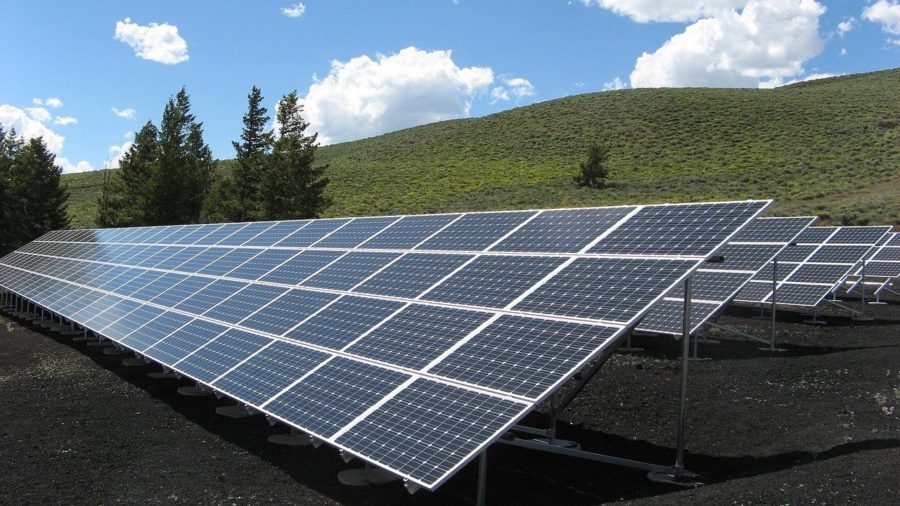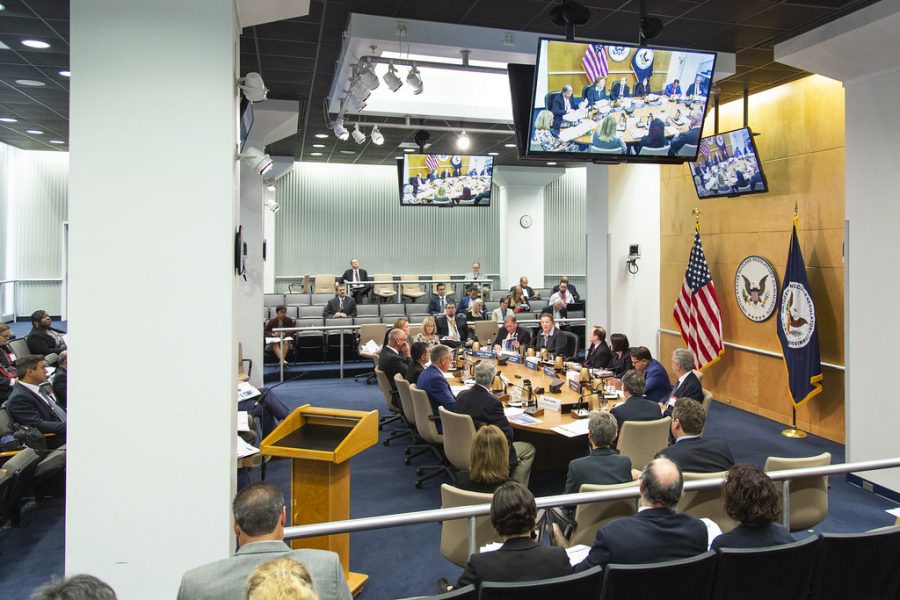Soon after taking office, President Biden nominated Richard Glick, a Democratic commissioner on the Federal Energy Regulatory Commission (FERC), as the Commission’s new chair.[i] Though the Commission is expected to maintain a Republican majority until Commissioner Neil Chatterjee’s term ends June 30, Glick has begun shifting the priorities of FERC, which regulates the interstate transmission and sale of electricity, natural gas, and oil, to align with President Biden’s ambitious energy and environmental goals.[ii] The following examines Glick’s three main priorities under the new administration, each of which could substantially change the energy regulatory landscape.
Tag: Capacity Markets

Illinois legislators are evaluating two different proposed clean energy bills that would accelerate renewable energy growth in the state. One bill, the Clean Energy Jobs Act (CEJA) would focus on consumer protection, expanding energy efficiency programs, increasing EV charging stations and protecting existing clean energy jobs in the state.[1] The second bill, Path to 100, focuses more on funding clean energy jobs.[2] Both bills seek to ensure Illinois achieves 100 percent renewable energy by 2030.[3]
CEJA would continue to fund and expand programs established by the 2014 Future Energy Jobs Act (FEJA),[4] which has lowered the cost of Illinois energy bills from some of the highest in the country to some of the lowest.[5] Funding from the 2014 Act is running low, and CEJA would protect thousands of clean energy jobs by bolstering funding for those programs.[6] The most ambitious provisions in the bill seek to achieve 100 percent carbon-free electricity by 2030 and 100 percent renewable energy by 2050.[7]


